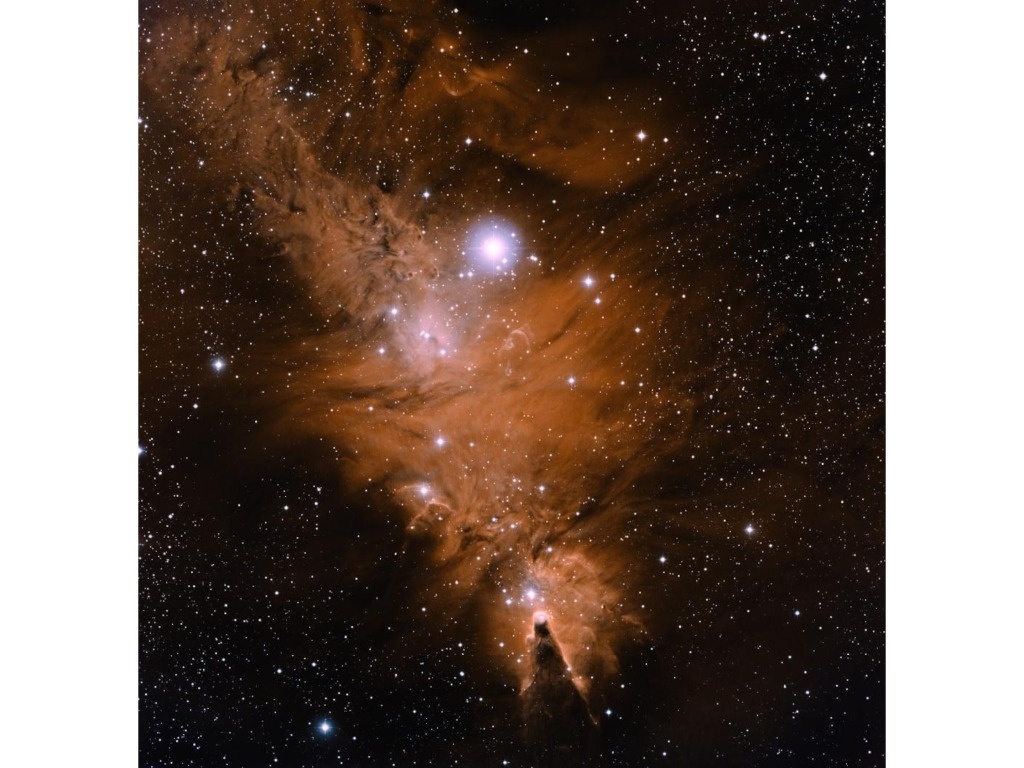Mexico City. Nature is capable of doing what scientists have not achieved: creating a balanced nuclear fusion reactor; The stars are that, explained Enrique Vázquez Semadeni, researcher at the Institute of Radio Astronomy and Astrophysics of the National Autonomous University of Mexico (UNAM), Morelia campus.
during the conference Chaos and star formation
organized by the Clavius Astronomical Center of the Ibero-American University, the physicist spoke about the constitution of the stars, clouds of molecular gas, chaos and the predominant turbulence in the interstellar medium, made up of gas, dust, magnetic fields and rays cosmic.
The researcher pointed out that one of the topics that has caught the interest of scientists in recent years is the slowness of star formation, since about three new stars like the Sun appear in the galaxy each year, although a simple estimate allows us to know that the maximum possible is about 100 times greater.
In this regard, there are two theories: one is the model that originated in the 70s, and which determines that the birth of stars is slow because the molecular cloud is not collapsing, but rather close to a balance between its gravity and turbulence.
The other suggests that the molecular clouds are collapsing, but the speed of star formation is low, because the clouds are quickly destroyed by the first stars they form. This theory is supported by Vázquez Semadeni and a group of scientists, based on research from the 60s, updated with what is known today.
Our job is to test both models and try to demonstrate that the global hierarchical collapse model is more representative of what is really happening. There are many questions in the air.
Vázquez Semadeni, a doctor in astronomy from the University of Texas at Austin, added that The cradle of stars are clouds of molecular gas, in which there are elements such as hydrogen and carbon monoxide, which abound in the spiral arms of galaxies.
.
He added that the Orion cloud, which is next to the constellation from which it takes its name, is considered the closest to Earth (1,500 light years), which makes it the most observed
.
like a gas ball
He explained that stars are born as a ball of gas, in which the force of gravity of each of the atoms that make it up attracts the others and they stay together. Then, a contraction force is produced that causes it to heat up, causing reactions inside that cause the hydrogen atoms to fuse to produce helium.
For this reason, star formation originates from gravitational collapse in a region of the molecular cloud, If we consider that we started from a gas that was very tenuous and went to something very compressed
.
He highlighted that in the case of massive stars, the internal reactions cause so much heat that they begin to ionize the gas around them, and this becomes a kind of hot bubble within the cloud, in which the gas begins to collapse, to contract, to form other stars, and this in turn begins to heat its surroundings until generating an explosion, in which The hot gas pushes the one that came and destroys the cloud
.
From the images they have observed, experts conclude that molecular clouds and the interstellar medium are turbulent environments, with disordered movements from large to smaller scales, in which gas currents are formed
.
Vázquez Semadeni maintained that his research team has taken on the task of studying turbulence in space and the predominant chaos in the universe, where The most interesting thing about turbulence is the chaotic process, in which the movement of fluids can be represented through numerical simulations using computers.
.
#analyze #models #destruction #molecular #clouds #star #formation
– 2024-05-14 01:11:29
